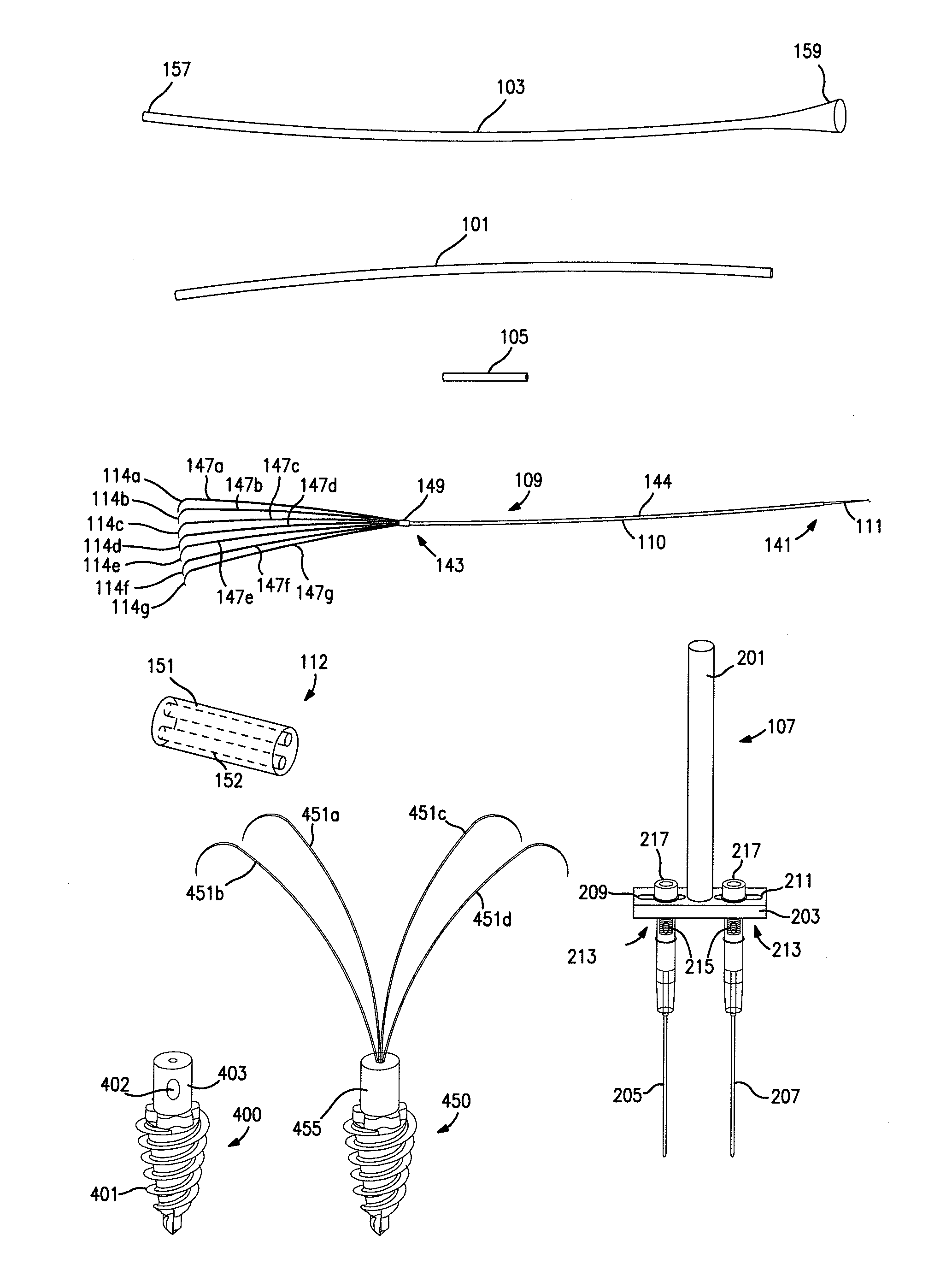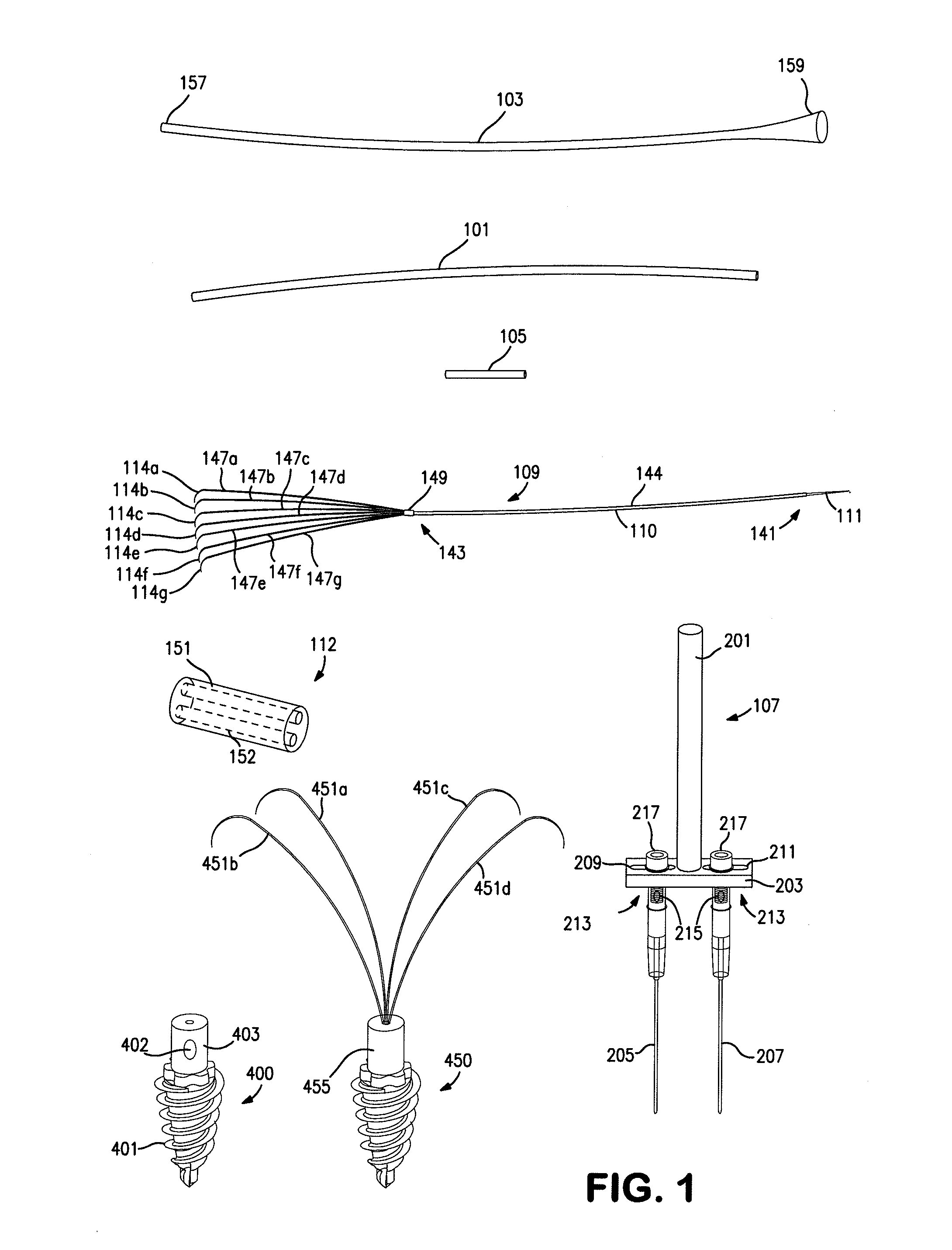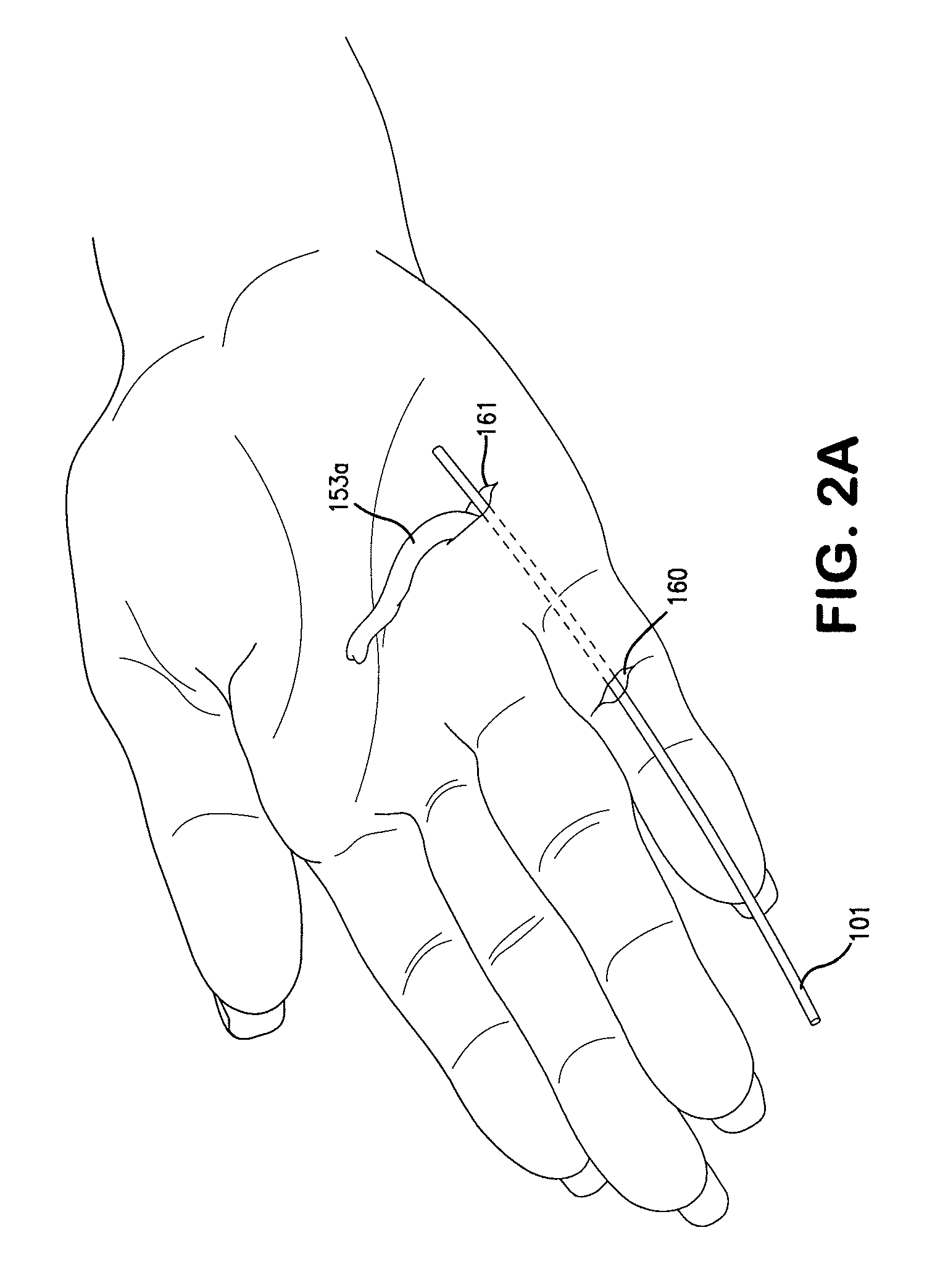Method and apparatus for repairing a tendon or ligament
a technology for tendon and ligament repair, applied in the field of methods and equipment for repairing tendons and ligaments, can solve the problems of increasing the tensile strength of a tendon repair, increasing the complexity of the suturing scheme, and the failure of kessler and modified kessler repair techniques, and achieves the effect of high infection ra
- Summary
- Abstract
- Description
- Claims
- Application Information
AI Technical Summary
Benefits of technology
Problems solved by technology
Method used
Image
Examples
Embodiment Construction
[0039]In accordance with the present invention, a surgical implant and associated technique is disclosed for repairing tendons, ligaments, and the like following laceration, avulsion from the bone, or the like. The invention is particularly adapted for repairing a lacerated or avulsed flexor tendon, e.g., flexor digitorum profundus from the distal phalanx and / or the flexor digitorum superficialis from the middle phalanx.
First Set of Exemplary Embodiments
[0040]FIG. 1 illustrates the components in accordance with a first embodiment of the invention. As will be described in detail below, not all of the components necessarily will be used in each surgical procedure. The components include a pulley catheter 101 which will be used, if needed, to guide the tendon repair device of the present invention along with a severed tendon stump, ligament stump, or similar anatomical feature through one or more anatomical restrictions to the repair site, e.g., through the pulley system of the finger....
PUM
 Login to View More
Login to View More Abstract
Description
Claims
Application Information
 Login to View More
Login to View More - R&D
- Intellectual Property
- Life Sciences
- Materials
- Tech Scout
- Unparalleled Data Quality
- Higher Quality Content
- 60% Fewer Hallucinations
Browse by: Latest US Patents, China's latest patents, Technical Efficacy Thesaurus, Application Domain, Technology Topic, Popular Technical Reports.
© 2025 PatSnap. All rights reserved.Legal|Privacy policy|Modern Slavery Act Transparency Statement|Sitemap|About US| Contact US: help@patsnap.com



